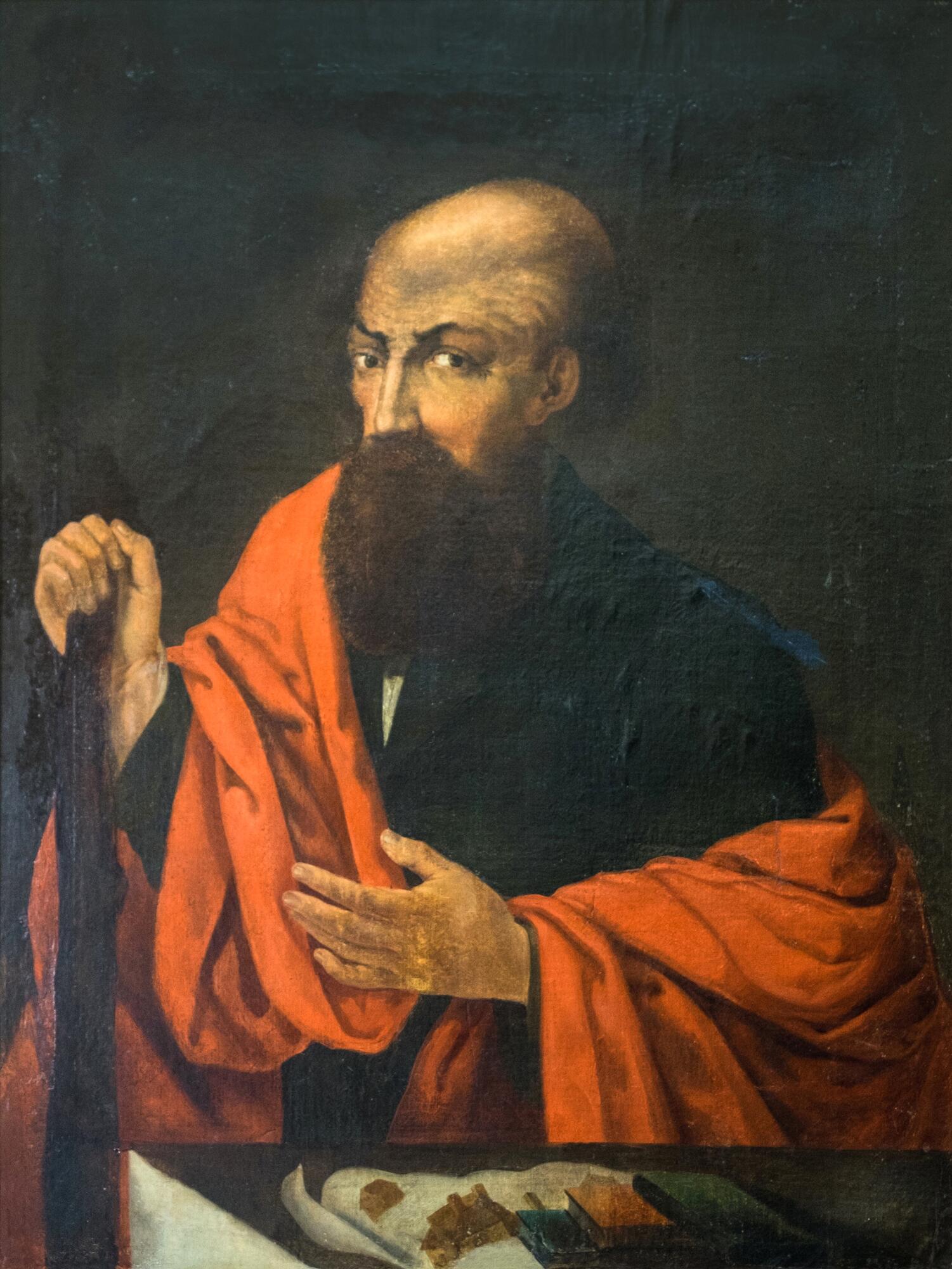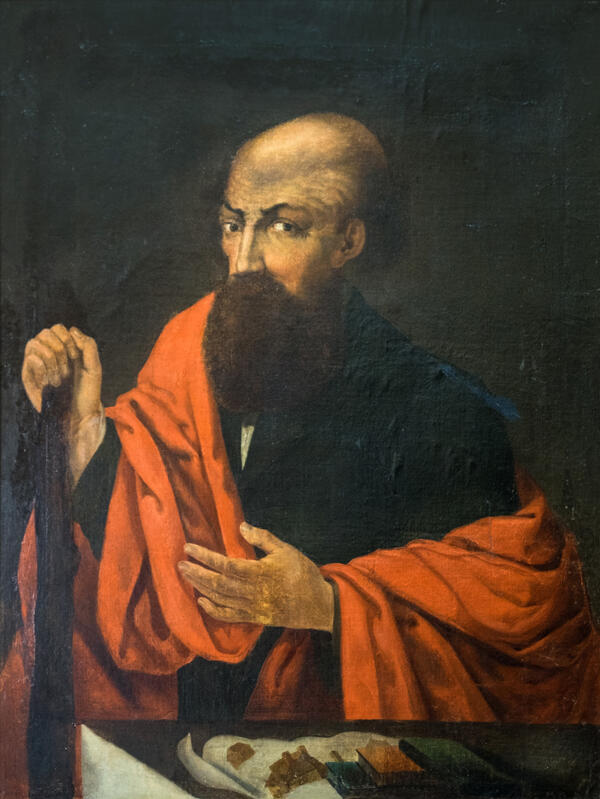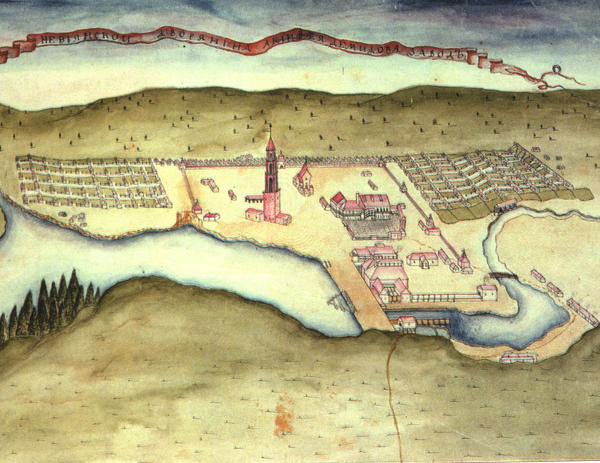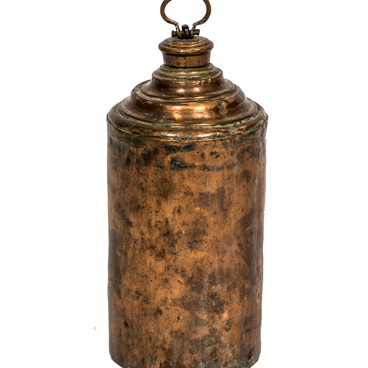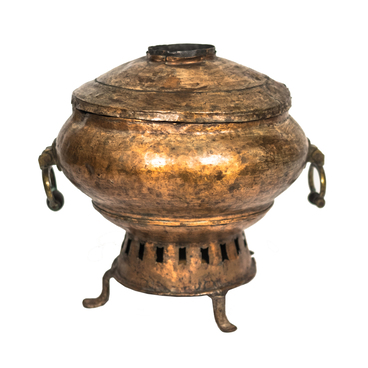This portrait of Nikita Demidov was painted by an unknown artist during his lifetime, in the first third of the 18th century. The founder of the Ural metallurgical industry is depicted having a blacksmith’s physique, a watchful, attentive gaze, a high forehead of a thinker, and a broad peasant-style beard. Demidov clutches a staff with his right hand, and with his left hand, he holds a scarlet cape casually draped over a dark caftan.
Portrait of Nikita Demidov
Время создания
18th century
Размер
75x94 cm
75 cm × 94 cm
75 cm × 94 cm
Техника
Painting
Коллекция
#1
Portrait of Nikita Demidovich Demidov (Antyufeyev)
#3
#7
The portrait combines the stylistic features of two-dimensional icons and those of realism. Thus, this painting represents a transitional stage in the development of painting in 18th-century Russia.
#8
The artist used the “living eyes” effect: regardless of where the viewers stood, it seemed that Demidov was looking directly at them. This effect was pioneered by Leonardo da Vinci in his Mona Lisa.
#9
The portrait of Nikita Demidov was the first in the portrait gallery of the famous industrialists, painted by Russia’s best artists. During the 18th and 19th centuries, it was probably kept in the manor house on the premises of the Nevyansk plant, where the plant owners, and later the managers of the plant area, lived. The portrait has been in the exhibition of the Nevyansk Museum of History and Local Lore since the 1930s.
#10
The founder of the famous industrialists' dynasty, the Demidovs, was born into a blacksmith’s family, with the surname Antyufeyev, in Tula. He picked up the blacksmith’s craft when he was a child. Starting out as an apprentice, he quickly became a famous and successful master. In Tula, Demidov built a small plant, which became the first of many metallurgical facilities founded by him and his descendants.
#11
After examining the Nevyansk iron ore and appreciating the prospects for the development of mining in the Urals, Nikita Demidov decided to relocate there. In March 1702, Peter the Great, who personally knew the master and held him in high regard, assigned him to the newly built Nevyansk plant. It became the ‘capital of the mining kingdom, ’ which the Demidovs used as their headquarters for running the rest of the metallurgical plants. Demidov factories produced iron of the Stary Sobol (literally: Old Marten) brand, famous all over the world, which was distinguished by its malleability and ductility. In 1709, Nikita Demidov was promoted to the rank of commissar as a reward for his faithful service and the supply of ‘marten’ iron. That officially made him a civil servant, and in 1720, he was granted personal nobility. After Nikita Demidov’s death in 1725, his Ural factories were inherited by his eldest son Akinfiy, who enjoyed success expanding his father’s business.
#4
Nobleman Akinfiy Demidov’s Nevyansk plant. Drawing from Wilhelm de Gennin’s book ‘Description of the Ural and Siberian Factories’, 1735.
#12
Ministry of Culture of the Russian Federation
читать дальшескрыть
00:00
00:00
1x
Portrait of Nikita Demidov
Время создания
18th century
Размер
75x94 cm
75 cm × 94 cm
75 cm × 94 cm
Техника
Painting
Коллекция
Открыть в приложении
Поделиться
